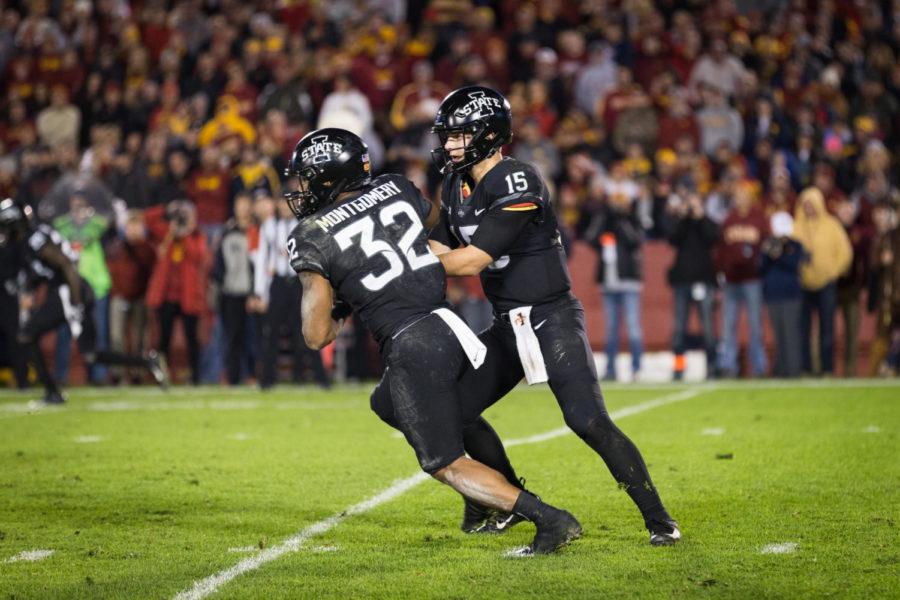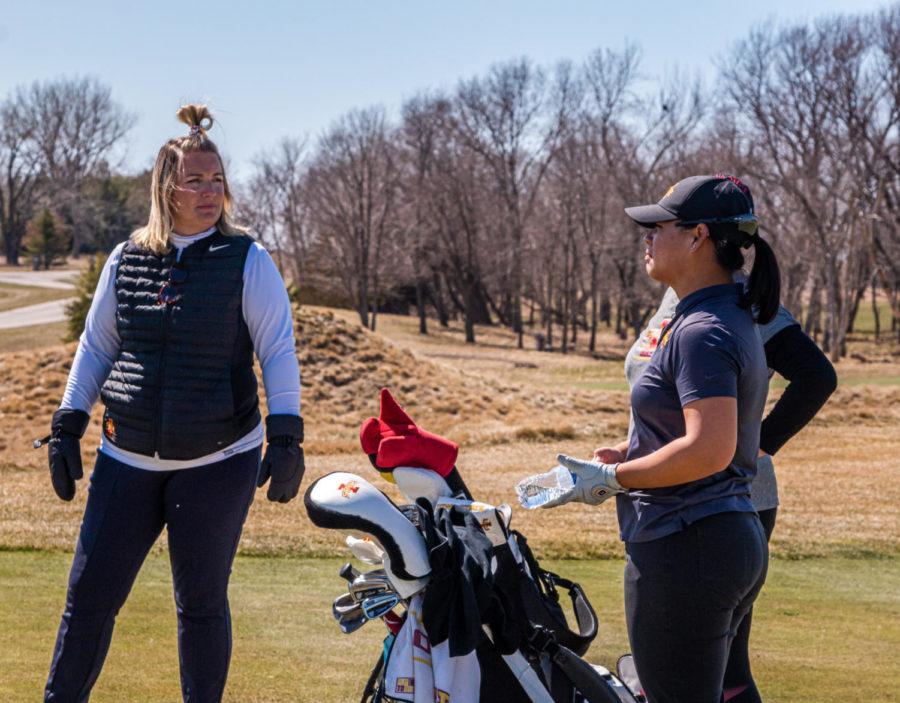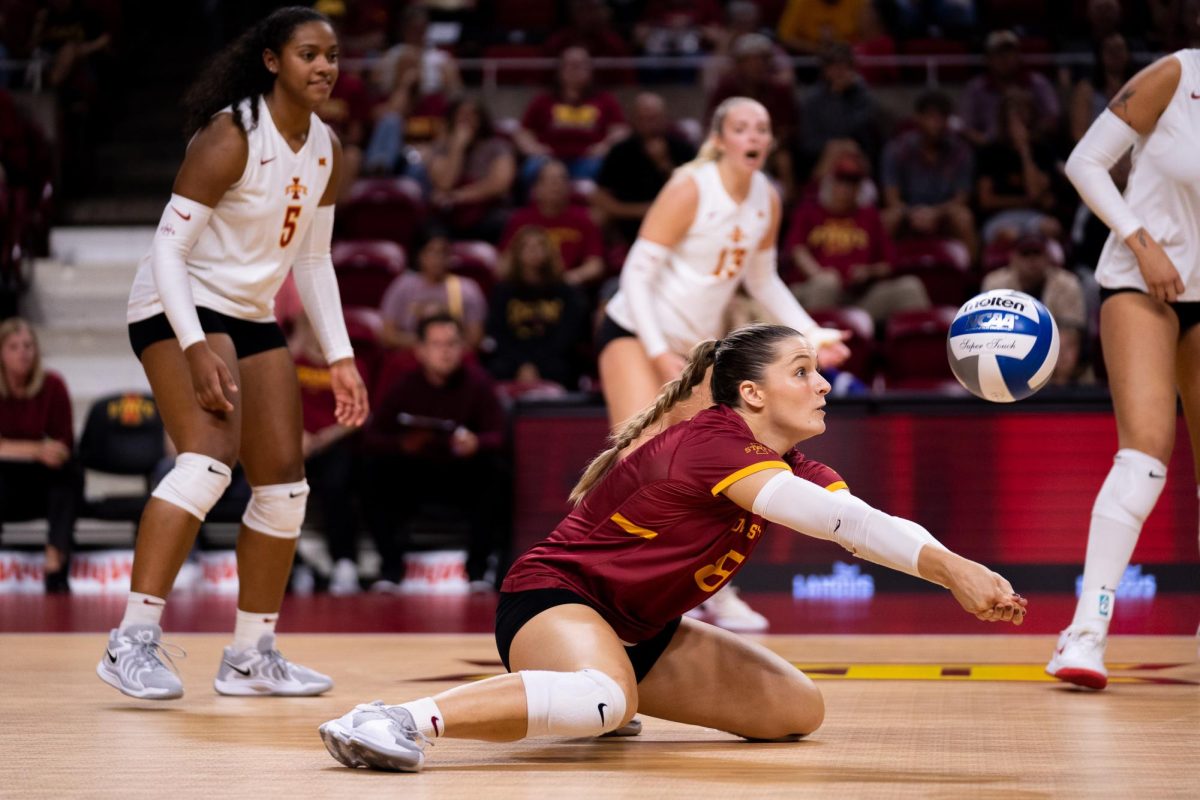Intramural soccer gains popularity
September 23, 1999
Jason Clement, senior in architecture, doesn’t like watching soccer much.
“I hate soccer,” Clement said, “but I like playing it.”
So do more than 1,000 other Iowa State students, enough so that there are 128 teams now playing intramural soccer, an upsurge of 25 teams compared to a year ago.
Since its initial offering in 1995, participation has nearly doubled, and the number of women’s teams has risen from a low of zero to the present 10.
“It’s grown so much that there are opportunities for everyone to play and have fun,” Clement said.
With the addition of over 200 new players, the program has expanded to meet the added demands for playing fields, officials and equipment.
“We’ve gone from three to five fields,” Garry Greenlee, co-coordinator of intramural athletics said. “And next year, we plan to have six.”
There are 76 men’s teams, 10 women’s teams and 42 co-recreational squads signed up this fall.
Each squad consists of nine players including the goalie. Play takes place on near-regulation size fields of 100 feet by 70 feet outside Maple Willow Larch Residence Hall Monday through Thursday, from 5 p.m. until dark.
Some matches are played Sunday, as well.
There are three classes or levels, and rules are modified to accommodate more scoring and a faster-paced style of play.
“We try to make it easier to officiate and play,” Greenlee said. “Slide tackles are illegal, and there are no offsides.”
Greenlee expected soccer to be a popular addition, but its rapid growth still surprised him.
“To get up to 130 in a four-year period was unexpected,” he said
Expecting to see some decline in participation for other sports, Greenlee checked with his colleagues and found that overall participation had not fallen off, he said.
“We’ve had a soccer explosion over the past four to five years, while the other sports have remained steady,” he said.
Greenlee believes any number of things could be behind the boom.
“You can always speculate,” he said, noting that the addition of ISU’s women’s soccer program and its success might help explain the increase in female participation.
Many factors have led to soccer’s burgeoning popularity, including increased exposure due to World Cup competition, the Olympics, intercollegiate programs and the dominance of the U.S. women’s team.
“I think a lot has to do with the success of the U.S. women’s World Cup team,” Brian Smith, junior in human resources management said. “Soccer is gaining a bit, and that carries over into increased participation,” he added.
Whatever the causes, Greenlee is ultimately pleased with the program’s popularity for one simple reason:
“It’s great to see everybody playing,” he said.






